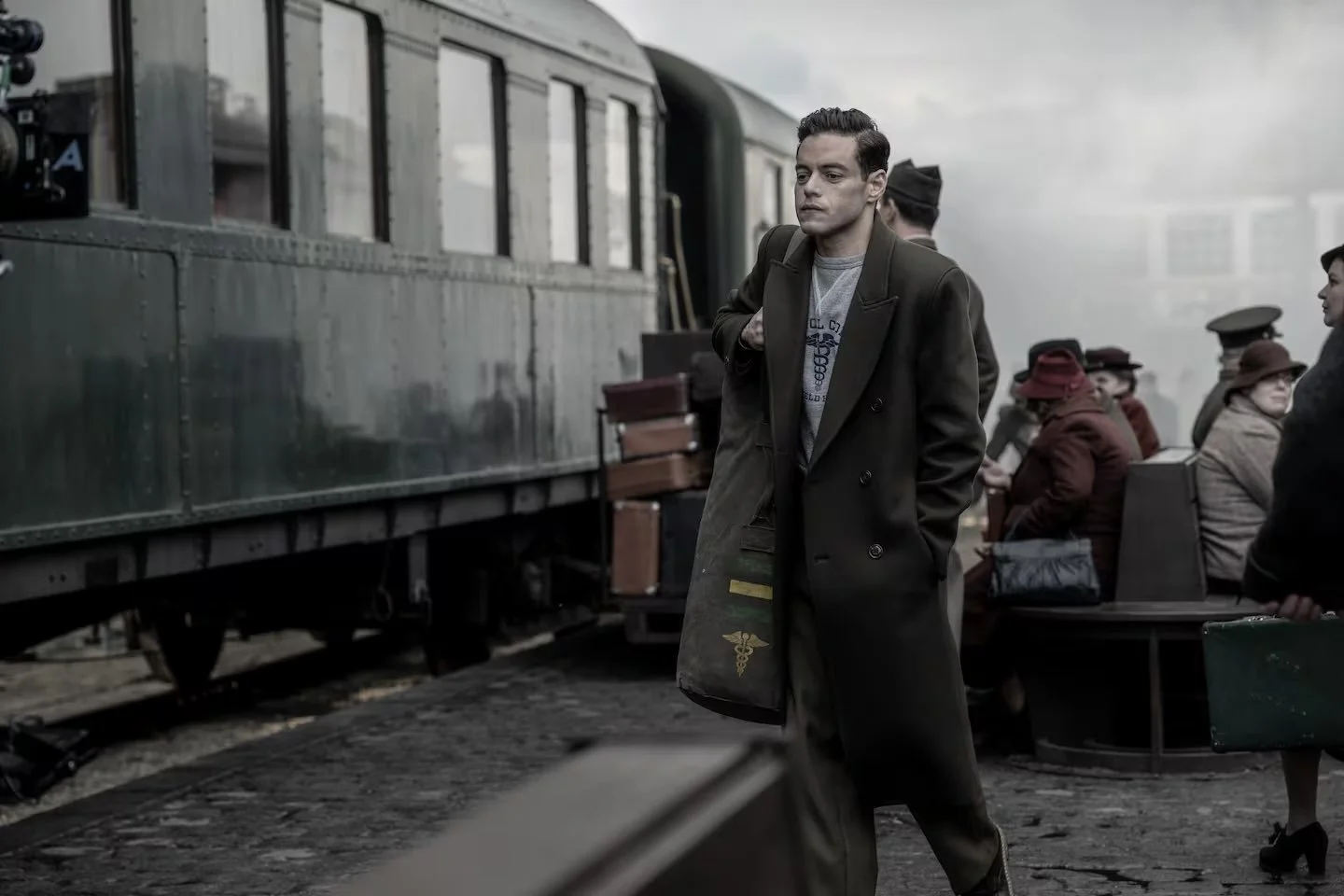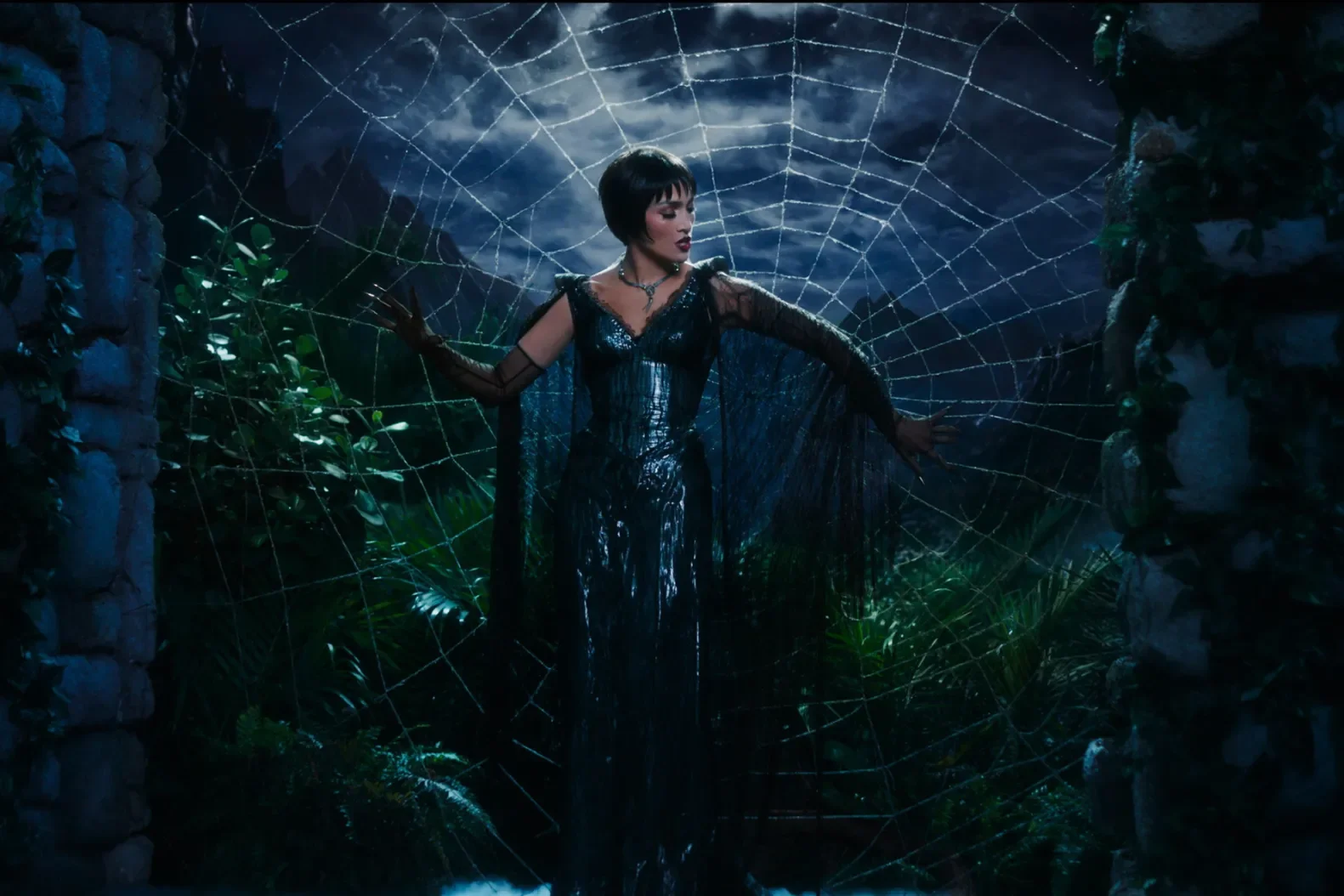Review: Normal People
2020 made us understand our need for intimacy, contact, and company. Normal People came at the perfect time to fulfill that need. The series elevates an evocative, layered book by Sally Rooney into a visual adaptation of astounding depth and virtuosity.
The show tells the story of the relationship of Connell and Marianne, two ambitious teenagers from the Irish town of County Sligo. It spans their evolution and growth during the span of 5 years, as they leave high school and go to university at Trinity College, Dublin.
Connell, played by Paul Mescal, is an athletic, intelligent boy who comes from a relatively poor family. While the series stresses this far lesser than the book, we keenly understand how his financial constraints play a key role in his choices. By contrast, Marianne, played by Daisy Edgar-Jones, comes from wealth, but is extremely shy in school and often labeled as a social outcast.
Normal People has several themes and tropes but is fundamentally simply the story of being ‘normal’. The normality in being shy, in feeling outcast, in being awkward during sex, and in making mistakes. In a world where there was nothing normal, Normal People served as a perfect reminder of the beauty of normality. Being normal does not mean being dull, but rather it simply means having uncertainty in life, and taking chances on that very uncertainty. Paradoxically, what felt like an escapist show was the most ordinary, serving as a powerful reminder of the beauty of the things we can take for granted.
Sally Rooney and co-writer Alice Birch add such depth to the story that the relationship between Connell and Marianne feels like a character in itself. The 12 episode series of only 20-30 minutes in length each does not seem short, precisely because it does not aim to do too much. It revolves around a central relationship, and does not get lost in auxurially stories. Rooney’s words, while powerful and evocative, needed the appropriate vessels to bring them to life. So much of the book is two characters, and so much of what makes the series great is its two primary lead actors. Daisy Edgar-Jones, in her debut performance, brings to life the full breadth of her character particularly as they transition from school to college. In a bit of a role reversal, the shy Daisy in school becomes the popular one in university, and Edgar-Jones is entirely believable along the way. Opposite her is Paul Mescal, who poignantly transitions from a handsome, jocking lad to a vulnerable man with severe mental health issues. But more than just their individual performances, it is the brilliance of their performances together that elevates this show. The amount of trust they have in each other, which is reflected in how comfortable and vulnerable they are with one another redefines the word ‘chemistry’. The viewer not only wholeheartedly believes in the story of their characters, but becomes emotionally attached to them. Rooney and Abrahamson knew they needed to find that spark between the two leads, and they went through an extensive casting process to achieve that end goal. While Mescal was cast relatively early into the process, there was an exhaustive 3-4 month search to find the right Marianne. The initial casting video of Mescal and Edgar-Jones itself clearly shows their undeniable chemistry. If anything validates the importance of good casting, it is the success of this show.
As a story, Normal People is short and succinct. However, because the adaptation is faced with the incredibly tough job of portraying the thoughts of characters, it can often feel jarring and abrupt at times. Perhaps the best example of this is when the two characters go to college, where the viewer is placed in media res with no background as to what has transpired in the intervening time. While we do understand this eventually, it makes for a tough viewing experience at the time. The tradeoff between exposition and brevity is tough, and while the directors stick the landing, they do meander along the way.
Edgar-Jones and Mescal were amply supported by a fine technical team, with co-directors Lenny Abrahamson and Hettie Macdonald making deliberate choices to not cut away from the awkward moments and just let the camera watch the two leads. Instead of having a Hollywoodized sex montage, the directors aim to tell a story through it, and in doing so help the viewer feel that much closer to the main characters. The use of an intimate camera, where we genuinely experience their intimacy, is a revolutionary step in the telling of stories through celluloid. The portrayal of sex is not gratuitous or perfected, but shows the awkwardness and insecurity of such an act. In effect, it makes the show feel much more real and visceral than any of its counterparts because the viewer is able to identify with the characters at every moment of their journey now.
The beauty of cinema comes from its ability to leave a mark, to impact, and to change individuals. Normal People has left precisely such a mark on me. Watching two individuals going through a similar transition has left me deeply aware of the importance of intimacy, social interaction, and family. If you are lucky enough to have the means to watch this show, it is definitely worth your time. Hopefully, it will leave you thinking, emotionally fulfilled, and grateful for the endless possibilities of life. It did for me, and I can’t thank the writers, cast, and crew enough for it.
(The show is currently streaming on Hulu and BBC One.)
Popular Reviews






